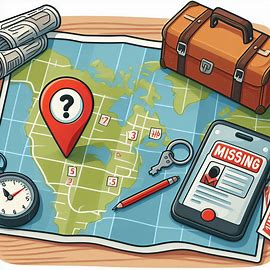Board sports
Board sports encompass a variety of recreational activities that involve riding on a board. These sports include skateboarding, snowboarding, surfing, and more. Each type of board sport features its own unique culture, techniques, and appeal, yet they all share the exhilarating experience of gliding across various surfaces.
Skateboarding is one of the most popular board sports worldwide, often associated with urban youth culture. Enthusiasts can be found practicing tricks and maneuvers in skate parks, streets, and ramps. The sport emphasizes creativity, self-expression, and skill development, making it a favored activity among many. The cost of getting started in skateboarding can range from $30 for a basic skateboard to over $200 for high-end boards. Additionally, safety gear such as helmets and pads adds an extra cost.
Surfing, on the other hand, takes place on the waves, appealing to those who enjoy the ocean and a laid-back lifestyle. Surfboards can be expensive, often ranging from $300 to $1000. This sport requires not only equipment but also knowledge of waves and currents, making it essential to take lessons, particularly for beginners. Surfing is socially driven, with participants often forming communities around surf spots.
Snowboarding is a winter sport that combines elements of skiing and surfing. With a board strapped to both feet, snowboarders glide down snow-covered mountains, performing tricks and enjoying the thrill of speed. Initial costs for snowboarding can be significant, including lift tickets, gear, and appropriate attire for cold weather. The camaraderie among snowboarders often leads to group outings at resorts.
Longboarding has gained popularity as a more relaxed alternative to traditional skateboarding, focusing on cruising and downhill riding. It’s an accessible sport for those of varying ages and skill levels. Many choose longboarding for commuting or leisurely rides, making it a practical hobby as well.
Other board sports such as kiteboarding, wakeboarding, and windsurfing cater to those who crave an adrenaline rush combined with water. These activities can have variable costs depending on equipment and venue, yet they often offer breathtaking experiences on lakes, rivers, and ocean waves.
While most board sports are predominantly male, many organizations work to promote female participation and inclusivity. Events and competitions often welcome people of all genders and ages and feature various divisions to showcase diverse talent.
When it comes to age, board sports are versatile and can be enjoyed from a very young age, with many children starting to skateboard or surf as early as five. The upper age limit varies significantly based on the individual’s physical capability and willingness to engage in such high-energy activities. Participants in their 50s and beyond continue to embrace these sports, though safety considerations become paramount.
The average age of those engaged in board sports, particularly skateboarding and surfing, tends to fall between the teenage years and early 30s, reflecting the youthful energy surrounding these activities. However, family-oriented events allow for parents to introduce their children to board sports while re-exploring their passions.
In summary, board sports offer diverse experiences for riders of all ages. With various equipment needs, costs, and social dynamics, they create opportunities for connection, self-expression, and adrenaline-fueled fun. Whether riding on concrete, snow, or water, board sports continue to evolve and attract a wide range of enthusiasts, promising an engaging experience for all. Join a community, find your passion, and embrace the world of board sports today!
